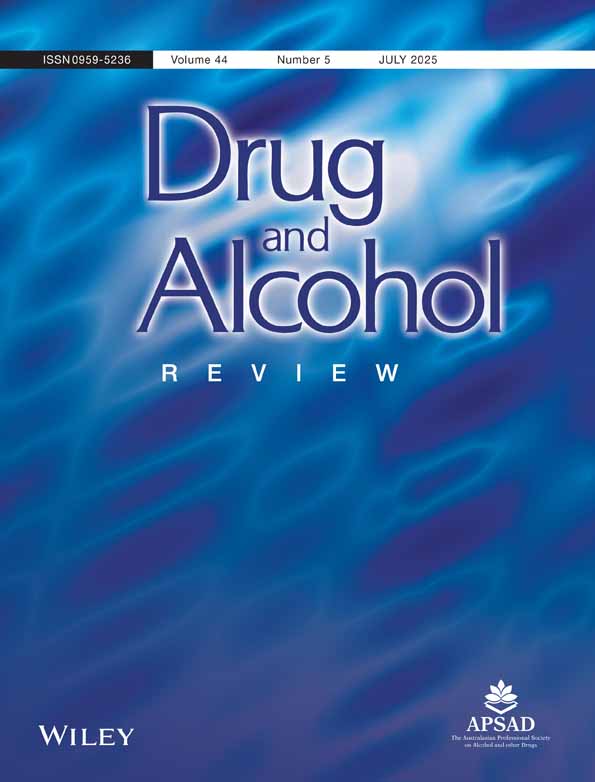Reassessing naltrexone maintenance as a treatment for illicit heroin users
Abstract
Most studies investigating the efficacy of naltrexone maintenance as a treatment for illicit heroin users have reported poor outcomes. Many of these studies, however, classify patients who periodically return to heroin use while receiving naltrexone maintenance as treatment failures. This study investigated 6-month outcome status in 100 illicit heroin users who commenced naltrexone maintenance in a community-based out-patient treatment programme. The study aimed to assess patient status at 6 months using contrasting outcome criteria. In the first analysis periodic heroin use was not considered to constitute treatment failure (hence naltrexone was continued and they remained under observation). In the second analysis, return to heroin use was considered to represent treatment failure. Using the first approach, we found that 60% of patients were still on naltrexone maintenance at 6 months, with only a small number (28%) having returned to heroin use. In contrast, when return to heroin use for 7 or more consecutive days was regarded as a treatment failure, only 31% of patients were “retained in treatment” with the majority (62%) having returned to heroin use. It is argued that since periods of heroin use are commonly associated with attempting to manage heroin dependence, the analysis that allowed periodic heroin use during treatment, and produced positive outcome data, represented a more valid assessment of naltrexone maintenance as a treatment for illicit heroin users. It is suggested that this outcome criterion should therefore be employed in future research. Poor outcomes reported in many previous studies may be an artefact of using inappropriate outcome criteria to assess illicit heroin use.




